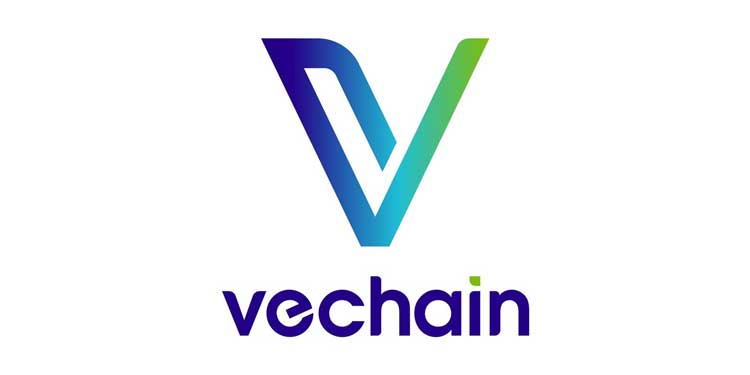
VeChain is a supply chain monitoring method that integrates physical monitoring with blockchain documentation. It was founded in 2015. Proof-of-stake (PoS) and proof-of-authority (PoA) vary from proof-of-work (PoW) in that they do not need mining to achieve network consensus.
PoA achieves consensus by confirming user identities, while PoS achieves consensus by staking currency in the network. The VeChain network is comprised of just 101 nodes. Fewer nodes diminish decentralization while increasing network performance and stability. This is often used in commercial and industrial applications. Bitcoin presently has 13,244 nodes, whereas Ethereum has 2,701 nodes.
PoA has the extra benefit of being less energy-dependent and emitting very little carbon. The latest improvement, according to VeChain, is the “world’s greenest consensus to promote widespread adoption.”
As per the official notice, the improvement consists of three primary aspects. The first is a verified randomization function that allocates nodes to generate blocks or process transactions in a safe and random manner, making them impervious to tampering. The second is a block-creation method that has been approved by a committee and considerably minimizes the likelihood of network forking. Forking may create network latencies and impede down network performance.
A passive block finality validation mechanism is the third aspect. This ensures that new blocks get completed even if all participating nodes are out of synchronization. The PoA 2.0 SURFACE update also intends to increase the VeChainThor mainnet’s scalability, safety, and capacity.
In the release, the VeChain team said that the PoA 2.0 Secure Use-case adaptable Relatively Fork-free Approach to Chain Extension (SURFACE) is required “to satisfy the expectations of future blockchain applications and develop international interest.”
Several exchanges, notably Binance and Crypto.com, endorsed the VeChain hard fork, whose native coin, VET, has dropped roughly 10% in the last 24 hours.
The VeChain initiative also announced the selection of the second steering group on Tuesday (SC). The purpose of the SC is to “promote the effectiveness of decision-making and assure impartiality and competence implementation for all basic concepts.”
Finally we’ve made it! #10653500🎉https://t.co/mXgVKjqGta
Thank you all for your continuous efforts! @PeterZh47977516 @cola_tin @liboliqi @abyteahead @MogLu2017 @AsbertMa @xjwx89 @vechaindev
We also need to say thanks to our dearest #VeFam.
Let’s enjoy this moment together! https://t.co/A6zMcsREbJ
— VeChain Foundation (@vechainofficial) November 16, 2021